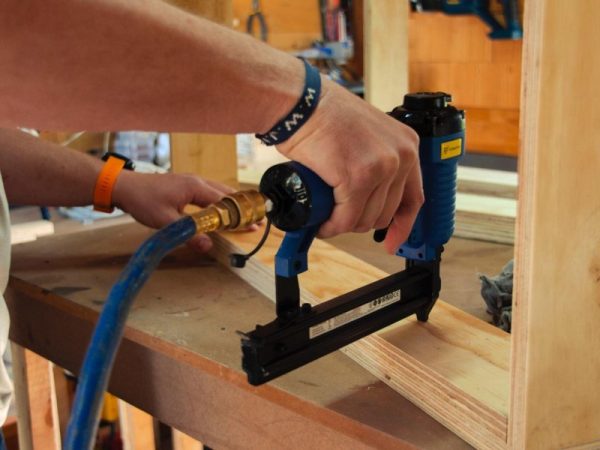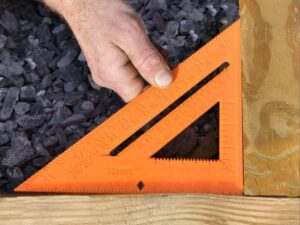Carpentry is an ancient and timeless craft that involves shaping and joining wood to create functional and aesthetically pleasing structures. From crafting simple wooden furniture to constructing intricate architectural elements, carpentry is a skill that has shaped civilizations and continues to play a vital role in modern construction and design. This guide serves as an introduction to the world of carpentry, covering the basics, tools, techniques, and the broader scope of the craft.
The Basics of Carpentry
At its core, carpentry involves working with wood to build structures, furniture, and other items. Carpenters use a combination of measurement, cutting, shaping, and joining techniques to bring their creations to life. The craft requires a deep understanding of wood properties, as different types of wood behave differently and have distinct strengths, weaknesses, and aesthetics.
1. Types of Carpentry:
- Rough Carpentry: This involves building structural elements like framing, trusses, and formwork. Rough carpenters work on the basic skeleton of a structure.
- Finish Carpentry: Finish carpenters focus on the finer details, adding aesthetic touches like molding, trim, and cabinetry.
2. Tools of the Trade:
Carpenters rely on a wide range of tools, both hand tools and power tools, to shape and manipulate wood effectively. Some essential tools include:
- Hand Saws: Used for cutting wood by hand. Types include crosscut saws, rip saws, and backsaws.
- Chisels: Used for carving and shaping wood.
- Hammer: Essential for driving nails and making adjustments.
- Tape Measure: Accurate measurements are critical in carpentry.
- Level: Ensures that surfaces are even and straight.
- Power Tools: Electric saws, drills, routers, and sanders that increase efficiency and precision.
3. Basic Techniques:
- Measuring and Marking: Accurate measurements and markings are the foundation of carpentry. A saying often used is “Measure twice, cut once.”
- Cutting: Carpentry involves various cutting techniques, including crosscuts (across the grain) and rip cuts (along the grain).
- Joinery: Joinery refers to connecting pieces of wood securely. Common joints include mortise and tenon, dovetail, and butt joints.
Advanced Carpentry Techniques
Beyond the basics, carpentry offers a world of advanced techniques that allow for more intricate and complex creations.
1. Woodworking: Woodworking involves crafting detailed pieces of furniture, cabinetry, and decorative items. Techniques like carving, shaping, and inlay work are commonly used.
2. Framing: Carpentry is foundational to construction, and framing involves creating the structure of a building. This includes walls, roofs, and floors.
3. Cabinetry: Cabinetry focuses on building cabinets and storage solutions. This requires precision in measurements and careful craftsmanship.
4. Furniture Making: Crafting furniture pieces requires a deep understanding of design, functionality, and aesthetics. Advanced carpenters create unique and artistic furniture.
Carpentry in Modern Construction and Design
Carpentry has evolved alongside technological advancements, blending traditional craftsmanship with innovative techniques. In modern construction and design, carpenters work on a wide range of projects:
- Residential Construction: Carpentry is integral to building homes, from framing to finish work. Carpenters create everything from walls and roofs to cabinetry and flooring.
- Commercial Construction: In commercial projects, carpenters work on large-scale structures like office buildings, retail spaces, and industrial facilities.
- Renovation and Restoration: Carpentry is vital in renovating and restoring historic structures, preserving their original beauty while ensuring structural integrity.
- Furniture Design: Skilled carpenters create bespoke furniture pieces that blend functionality and artistic expression.
- Architectural Detailing: Carpentry adds intricate architectural details like crown molding, ornate trim, and decorative panels to enhance a space’s aesthetics.
Carpentry as a Skill and Career
Carpentry offers both a practical skill and a fulfilling career path. Becoming a carpenter requires dedication, learning, and hands-on experience. Many carpenters start as apprentices, learning from experienced professionals.
1. Education and Training:
Formal education through vocational schools or apprenticeship programs provides a structured learning path. Apprenticeships allow aspiring carpenters to work alongside experienced professionals, gaining practical knowledge and skills.
2. Career Opportunities:
- Residential or Commercial Carpenter: Working in construction, building, and installing structures and components.
- Cabinet Maker: Crafting cabinets, furniture, and storage solutions.
- Furniture Designer: Combining carpentry skills with artistic flair to create unique furniture pieces.
- Finish Carpenter: Focusing on adding aesthetic details to structures, including trim and molding.
Carpentry is a craft that marries creativity, precision, and practicality. Whether you’re a homeowner looking to tackle DIY projects or an aspiring professional seeking a fulfilling career, carpentry offers a world of possibilities. From basic measurements and cuts to complex joinery and intricate designs, carpentry remains a cornerstone of construction, design, and artistic expression. By embracing the art and science of working with wood, you embark on a journey that connects you with the ancient traditions of craftsmanship while embracing the innovations of the modern world.






















